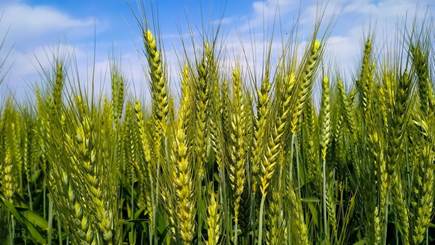Free Courses Sale ends Soon, Get It Now


Free Courses Sale ends Soon, Get It Now



Disclaimer: copyright infringement not intended.
Context
Rht13
Wrapping Up
© 2024 iasgyan. All right reserved